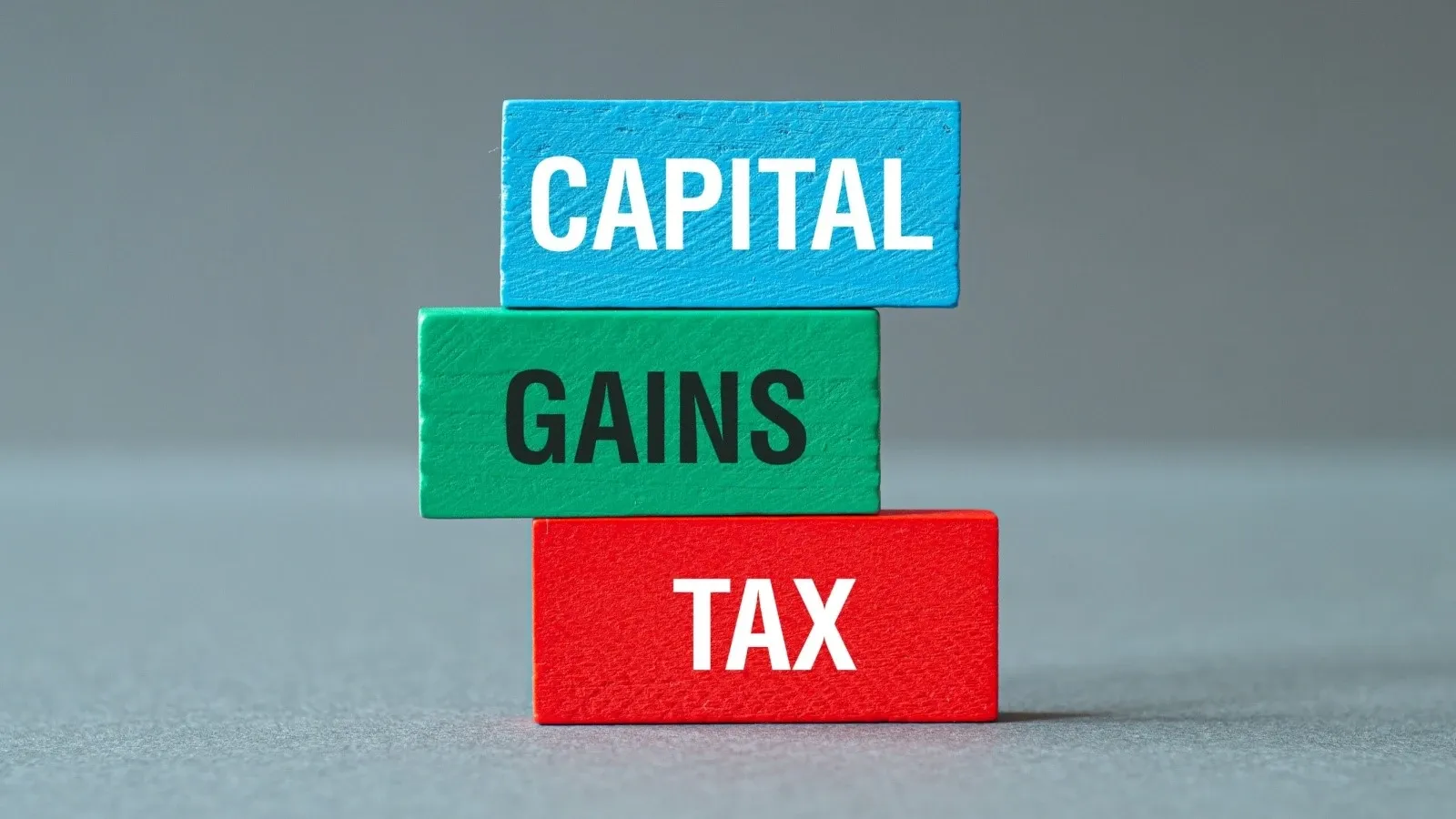Difference Between Capital Expenditure and Revenue Expenditure
Written by Upstox Desk
Published on December 12, 2025 | 5 min read

Capital: Assets that add value to an organisation
Revenue: Money generated from regular operations
Capital and revenue combined are the two most significant pillars of any organisation's finances, representing how successfully an organisation generates value from its assets to grow the amount of money flowing through the system.
These two financial concepts, working together, generate money.
But as the old saying goes, one needs to spend money to make money.
Every organisation incurs expenses, that is, they pay for valuable goods or services through cash or other means. Based on the nature of the expense incurred, they are categorised as revenue or capital expenditure so that they can be easily communicated to all stakeholders involved.
Revenue Expenditure | OPEX
The day-to-day functions of an organisation require a continuous investment of resources. Let's take the example of a bakery. On a daily basis, the baker must incur several expenses. To deliver cakes, the baker needs foldable boxes. To bake a cake, the baker must pay for electricity. The baker must pay for insurance if the oven malfunctions and causes a short circuit.
Salary, rent, stationery, and taxes add to the baker's cost of keeping the bakery in regular operation. Once the cake is sold, the baker can easily pay for all of this. But to have a cake to sell, the baker must invest in their operations. That expenditure is known as revenue expenditure (or operating expenditure, OPEX).
OPEX is not responsible for generating or boosting profit. It is solely used to manage operational activities and ensure the optimum use of assets. It appears on the organisation's Income Statement instead of the Balance Statement. Sometimes, OPEX may also help the organisation earn tax deductions.
OPEX can be further categorised as follows:
- Direct Expenses - Cost of manufacturing goods
- Indirect Expenses - Cost of selling and distributing goods
To sum up what we have learned above, OPEX:
- generally has short-term benefits
- does not enhance existing asset value
- is recurring in nature
Capital Expenditure | CAPEX
Capital expenditure records all the expenses made towards acquiring, maintaining and upgrading assets. To continue with our bakery example, the expenditure on assets owned by the baker would be categorised under this heading.
The baker may have invested in a wood-fired oven for pizzas and speciality bread. The maintenance cost of this oven would be recorded as capital expenditure. So would the actual bakery if the baker owned the plot and the building.
Other examples include trademark costs for the brand and patent rights to protect any innovations the baker might have discovered to make their bread more delicious.
Considering that the baker will probably use a wood-fired oven to continue to generate income through pizzas for an extended period of time, its purchase cost will not be subtracted from the year when the baker bought it. Instead, the bakery must recover its cost by annual depreciation over the years that the baker uses it to bake pizzas.
Generally, capital expenditure (or CAPEX) affects an organisation's financial standing over the short- and long-term. It also helps boost the organisation's overall operations.
To calculate capital expenditure, use the following formula:
= Net increase in Assets + Depreciation Expense
This is how the capital expenditure is usually denoted in an organisation's Cash Flow Statement and Balance Sheet.
Depreciation of assets is charged on CAPEX every year.
So taking all of the above into consideration, CAPEX:
- is considered over a long-term
- enhances the value of existing assets
- is usually non-recurring in nature (apart from depreciation costs)
Documentation
Both CAPEX & OPEX are recorded and communicated to stakeholders via documents such as the income statement and balance sheet.
These documents serve different purposes.
Income Statement: Focuses on the revenue, expenses, gains, and losses within a period. It provides insights into an organisation's operations, efficiency, and performance compared to others in the industry. Think of it as an end-of-the-year review of its efforts. This is where you will usually see OPEX make an appearance.
Balance Sheet: Provides a snapshot of an organisation's finances on the date of publication. It allows assessment of the organisation's financial health. Think of it as an X-Ray that shows you everything the organisation owes and owns on a specified date, allowing you to evaluate its creditworthiness, liquidity, profitability, solvency and other vital financial metrics. This is where you will find an organisation's CAPEX.
Differences Between CAPEX & OPEX
The differences between capital and revenue expenditure can be seen as follows:
| Aspects | CAPEX | OPEX |
|---|---|---|
| Meaning | Money spent to acquire, upgrade or maintain assets | Money spent to maintain everyday operations |
| Timeframe | Incurred with long-term benefits | Incurred with short-term, ongoing benefits |
| Documentation | Cash Flow Statement; Balance Sheet (under fixed assets) | Income Statement |
| Purpose | Boost profitability | Sustain profitability |
| Occurrence | Happens once in a while | Recurrent in nature |
About Author
Upstox Desk
Upstox Desk
Team of expert writers dedicated to providing insightful and comprehensive coverage on stock markets, economic trends, commodities, business developments, and personal finance. With a passion for delivering valuable information, the team strives to keep readers informed about the latest trends and developments in the financial world.
Read more from UpstoxUpstox is a leading Indian financial services company that offers online trading and investment services in stocks, commodities, currencies, mutual funds, and more. Founded in 2009 and headquartered in Mumbai, Upstox is backed by prominent investors including Ratan Tata, Tiger Global, and Kalaari Capital. It operates under RKSV Securities and is registered with SEBI, NSE, BSE, and other regulatory bodies, ensuring secure and compliant trading experiences.
























